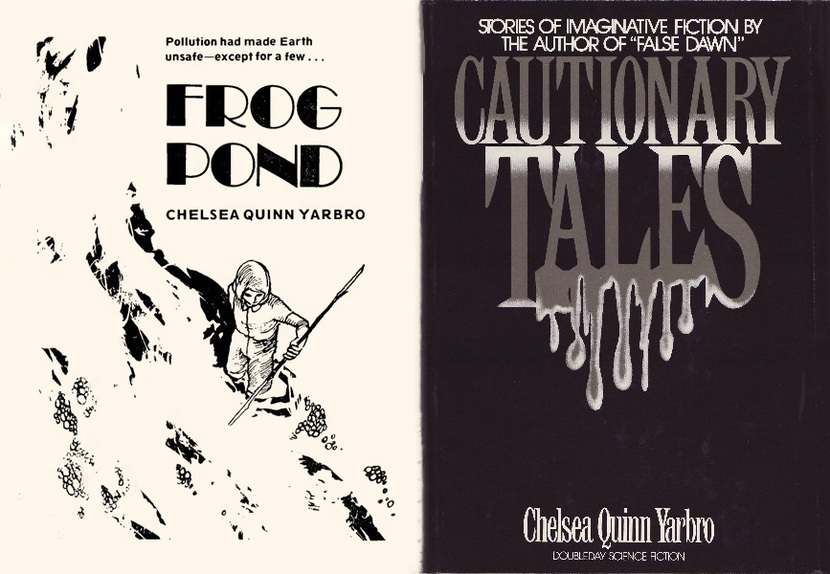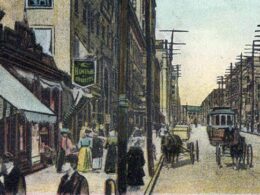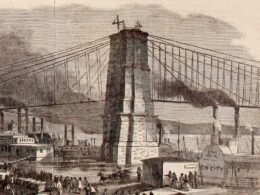Chelsea Quinn Yarbro (b. 1942)
From The Future Is Female! More Classic Science Fiction Stories by Women

In an LOA Live online presentation earlier this week, the eminent scholar and anthologist Lisa Yaszek asked Chelsea Quinn Yarbro how she became interested in writing science fiction and fantasy.
“I came to it,” Yarbro responded, “because I liked those kinds of stories when I was a little kid, and the first story I ever wrote at the ripe old age of six was a fantasy.” She also revealed one of her earliest influences: “I started looking for things that turned on the imagination and the thing that really got me is when I finally stumbled across a story by Theodore Sturgeon,” which was Some of Your Blood (1961), a short novel presenting a “psychiatric case file” about a young man who felt the need to drink blood whenever he had an emotional crisis. It’s hardly a coincidence, then, that Yarbro went on to write more than thirty historical horror novels featuring the vampire Count Saint-Germain.
During the 1970s, the first decade of her writing career, Yarbro was better known for science fiction than for fantasy or horror. “I found that the nice thing about science fiction and a little less so about fantasy is: number one, it has to make sense, and number two, you have to believe that it that it’s within the realm of possibility [although] it can be right on the very edge of that.”
One example is Yarbro’s 1971 story “Frog Pond.” Set thirty years in the “future” (around the year 2000), it describes a day in the life of a girl living in rural California destroyed by environmental and other catastrophes—a perfectly normal day until she encounters a lost, bumbling city dweller. The fact that such catastrophes never happened in our “real” world twenty years ago is ultimately beside the point, because the story’s focus is on the heroine, a postapocalyptic Tom Sawyer figure who has adapted quite well to a life that seems horrifying to us—and to the man from the city.



